Bernd Koberling
Bilder aus einer Berliner Privatsammlung
1 MAR until 5 APR 2025
Opening – 1 MAR 2025, 3-6 pm
Contemporary Fine Arts is pleased to present an exhibition of works by Bernd Koberling featuring paintings from the years 1968 to 1992.
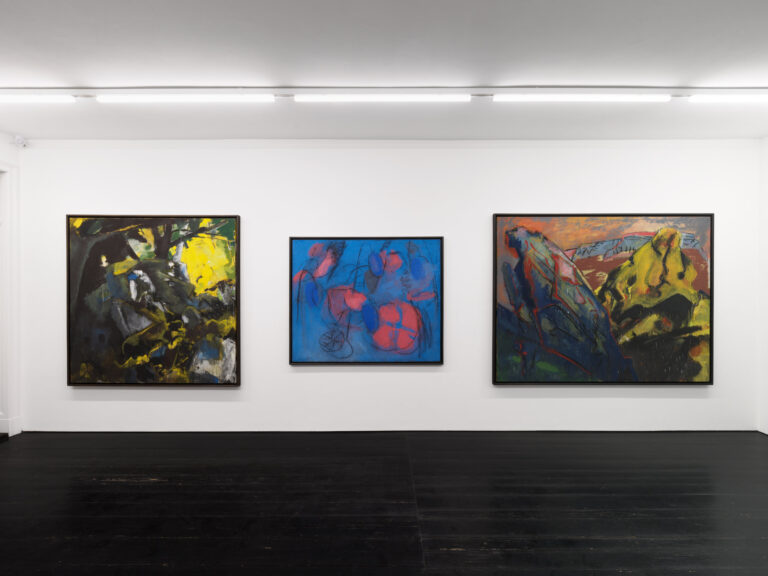
Installation Views. Bernd Koberling. Bilder aus einer Berliner Privatsammlung. Photo: Nick Ash, Courtesy of Contemporary Fine Arts.
As one of the few native Berliners (born in 1938), Koberling has never shown an interest in the themes of urban life.
His Nordic landscapes and sceneries are created in Berlin, though he repeatedly escapes the city through travels to Iceland, Scotland, and Lapland. Volcanic terrains, block lava rock, cormorants, nesting birds, landscapes, beach workers, whales, and metamorphoses—these subjects seem far removed from urban reality.
In contrast to the dominant urban world, he presents a self-contained and ever-present natural reality. It is the immediacy of nature, more tangible in Arctic regions than in landscapes shaped by human intervention, that defines his work.
And yet, does a painter today not embrace escapism when depicting poppies, cormorants, whales, or river estuaries in the midst of a metropolis?
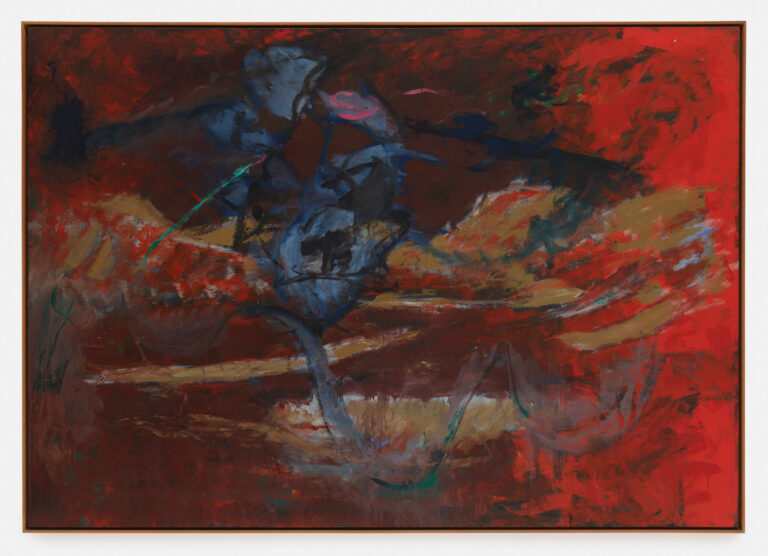
Bernd Koberling, Blütenschuss, 1988.
Oil on canvas, 225 x 320 cm.
Photo: Nick Ash, Courtesy of Contemporary Fine Arts.
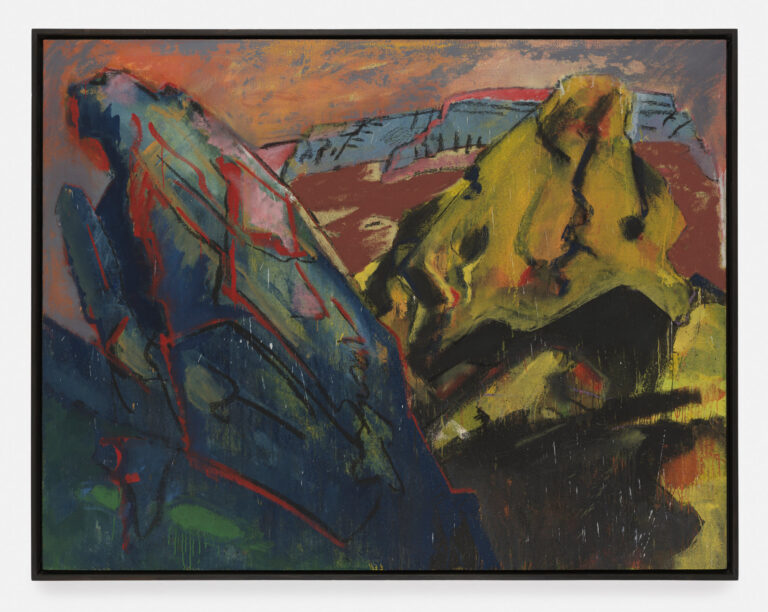
Bernd Koberling, Spannweiten, 1983.
Oil on canvas, 150 x 140 cm.
Photo: Nick Ash, Courtesy of Contemporary Fine Arts.
The question ultimately turns on the questioner, for perhaps escapism is the only salvation for those striving to survive in the complexity of city life. Koberling consciously affirms this kind of escapism; even the ivory tower has its positive function, as it offers individuals the opportunity to reconnect with the elemental.
This exhibition has been made possible through the generous cooperation of a Berlin-based private collection. Over nearly 50 years of collecting, with acquisitions spanning this entire period, a body of more than 40 paintings and numerous works on paper has been assembled. From this collection, we have selected 14 paintings for the exhibition. It is also important to note that all works on display are not for sale.
For Bernd Koberling, CFA, and the Berlin audience, it is a rare privilege to experience these works once again.
Our deepest gratitude goes to the Berlin private collection, whose remarkable openness and commitment have made this exhibition a reality.
Last Summer
With works by Cristina Canale, Oda Jaune, Valentina Liernur and Travis MacDonald
15 MAR until 4 MAY 2025
Opening – 14 MAR 2025, 6-8 pm
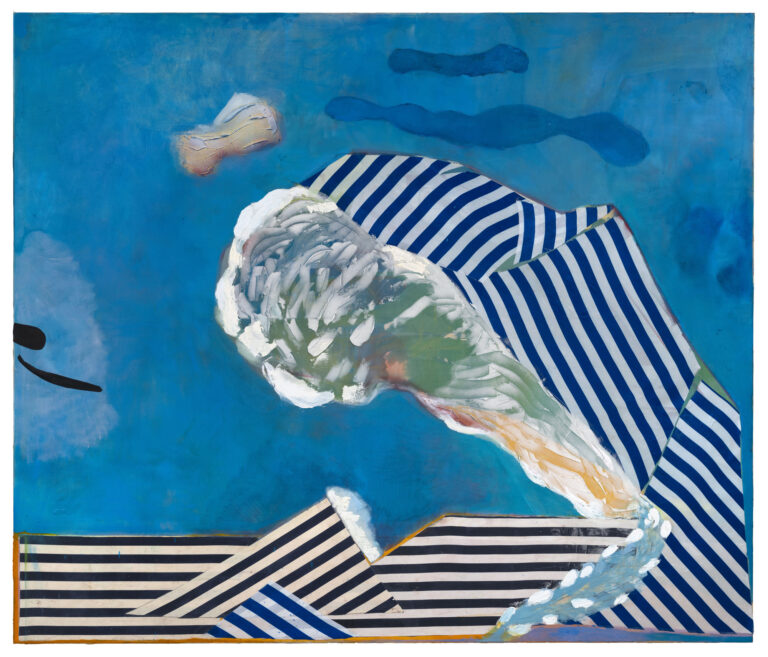
Cristina Canale, Onda (Welle), 2024.
Mixed media on canvas, 170 x 200 cm
Photo: Uwe Walter, Courtesy of Contemporary Fine Arts.
“Irgendwann ging es mir besser schon als heute,” goes the song by legendary German band Tocotronic, “zum Beispiel letztes Jahr im Sommer.” Summer is arguably the most beloved of the seasons, associated with holidays, long days and warm nights. But summer is also more than a season. It is a symbolic and emotional space—a momentary escape, a time of transformation, and a metaphor for all things fleeting and ephemeral—freedom, youth, or hope, among others. In that sense “Last Summer” is an exhibition about transience—the ephemeral beauty, and the fleeting nature of life’s experiences, and includes works by Cristina Canale, Oda Jaune, Valentina Liernur and Travis MacDonald, who reflect on melancholy, and the emotional residues left by the past. “Last Summer”—both as a physical time of year and as a metaphor for moments that cannot last but are forever imprinted in our memories—is therefore tinged with nostalgia, impermanence, and reflection. It represents endings, but also the passage of time as such—indeed, one of the best things about summer is that it comes every year, and the next one is almost here.
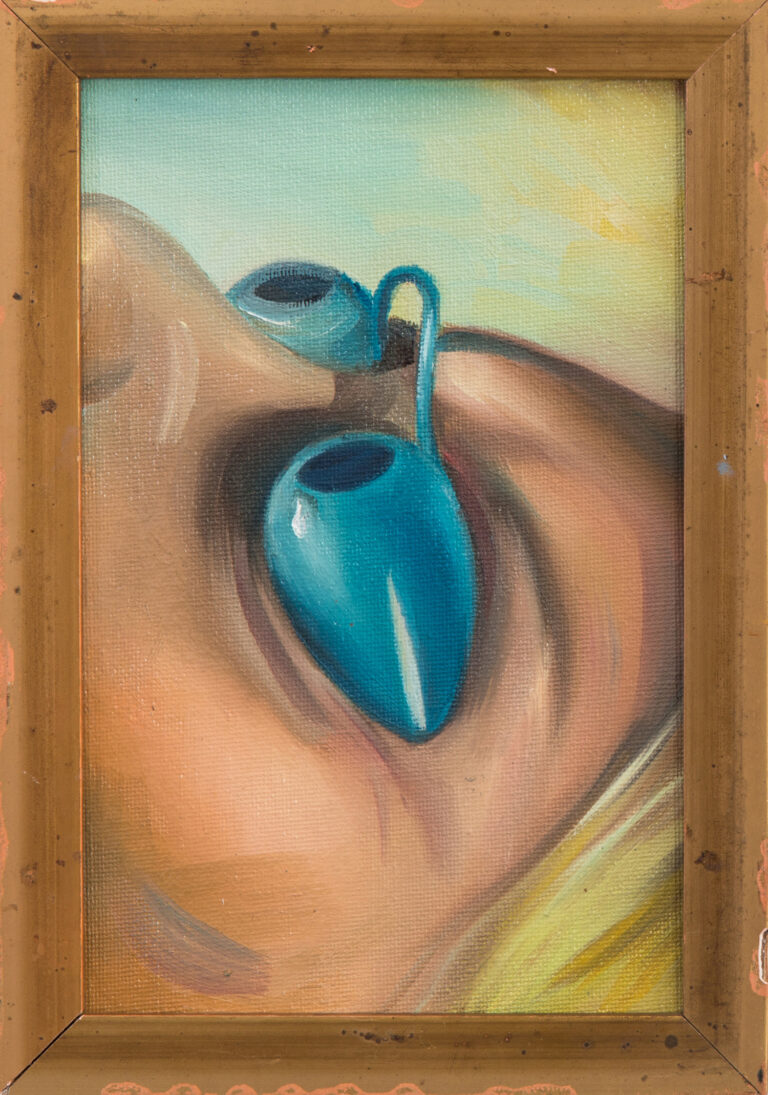
Oda Jaune, E like Eye, 2023.
Oil on canvas, 21.5 x 13.5 cm.
Photo: Laurent Edeline, Courtesy of Contemporary Fine Arts.
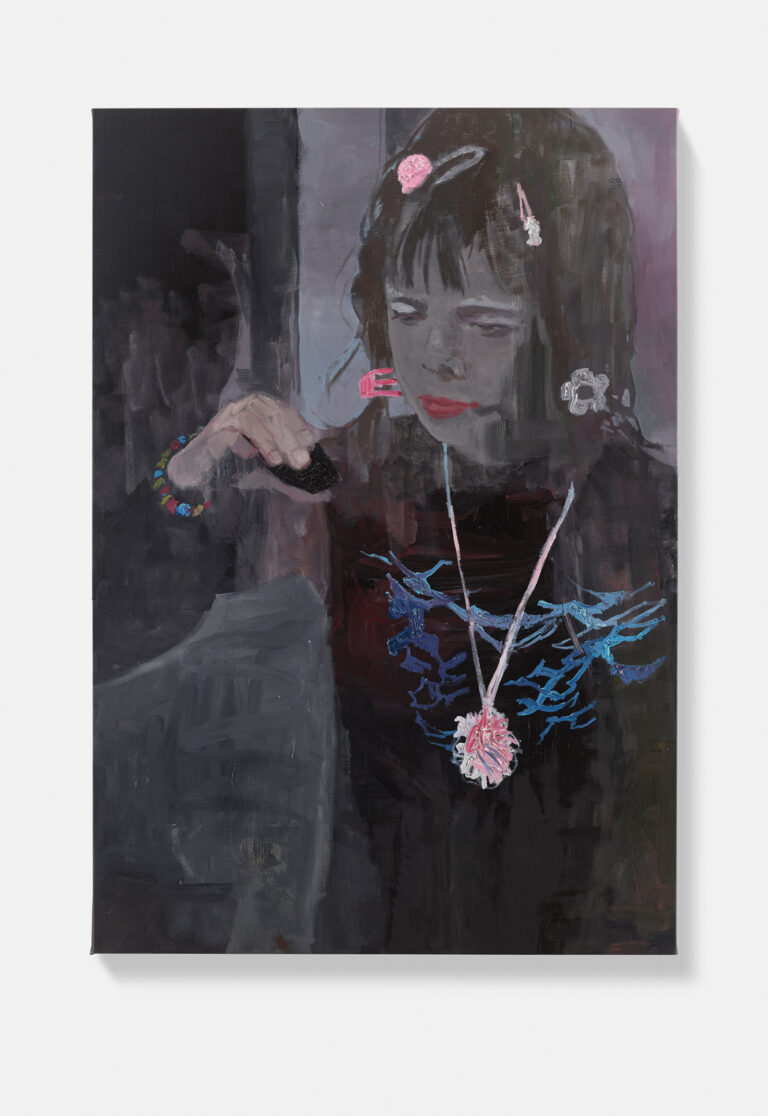
Valentina Liernur, R. Mirando una sombra para ojos, 2021.
Oil on canvas, 138.5 x 96 cm.
Courtesy of Contemporary Fine Arts.
